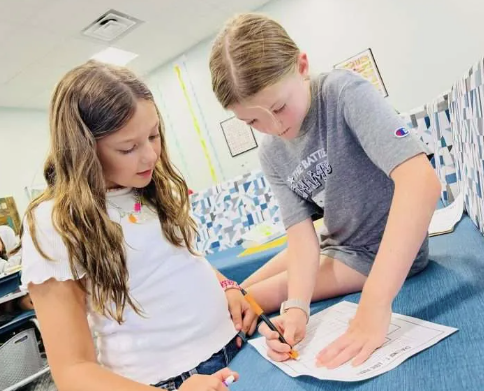Education is evolving to better meet the diverse needs of students, and two approaches leading the way are project-based learning (PBL) and personalized learning. When combined, these strategies create dynamic, student-centered experiences that foster deep understanding, creativity, and engagement. This powerful duo transforms classrooms into environments where students actively explore topics that matter to them while progressing at their own pace.
Understanding Project-Based Learning (PBL)
Project-based learning is an instructional method where students gain knowledge and skills by working for an extended period to investigate and respond to authentic, complex questions or challenges. It emphasizes inquiry, collaboration, and real-world relevance. PBL encourages critical thinking and problem-solving, moving beyond memorization to meaningful application.
How Personalization Enhances PBL
Personalized learning aligns naturally with project-based methods. By allowing students to choose topics, roles, or final products that match their interests and learning styles, educators can make projects more engaging and effective. Personalization also ensures that students receive the right level of support, whether they need extra guidance or greater independence.
Benefits of the Combined Approach
- Student Ownership: Learners take responsibility for their projects, which builds motivation and accountability.
- Deeper Learning: Personalized PBL leads to deeper understanding because students are more invested in the content and the outcome.
- Real-World Relevance: Projects often address issues students care about, making learning more meaningful and impactful.
- Skill Development: Students practice collaboration, time management, research, communication, and critical thinking.
Strategies to Integrate PBL and Personalization
- Offer Choice: Allow students to select project topics, partners, and presentation formats based on their interests.
- Scaffold Support: Provide resources and check-ins tailored to each student’s progress and needs.
- Incorporate Reflection: Encourage learners to track their growth and reflect on challenges and achievements throughout the project.
- Use Technology Tools: Platforms like Google Workspace, Trello, and Padlet can help manage personalized projects and foster collaboration.
The Teacher’s Role
Educators guide the learning process by designing meaningful projects, facilitating inquiry, and offering feedback. In a personalized PBL setting, teachers adapt their support based on student readiness, helping each learner thrive while maintaining high expectations.
Conclusion
When project-based learning and personalization come together, the result is a powerful educational experience that puts students at the center. This approach not only enhances academic outcomes but also equips learners with the skills and confidence they need to succeed in school and beyond.














